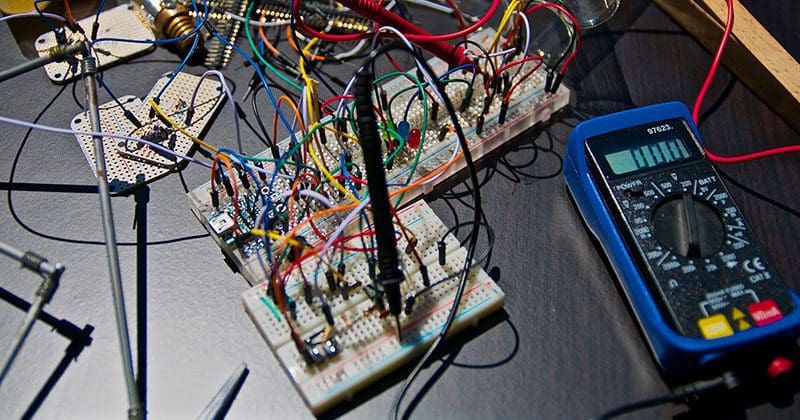If you’ve read some of the more technical articles here at BestCarAudio.com, then you’ll know that I hold the analysis and understanding of product specifications in high regard. Whether it’s something simple like a subwoofer mounting depth, the preamp voltage of a source unit or the power measurements of an amplifier, having access to accurate information is important. More in-depth information about signal-to-noise ratio and distortion can tell us a lot about the quality of a product. So why is it that many car audio companies seem to hide their specifications?
Do We Need a Standard for Specifications?
There should always be a standard by which we can compare specifications. The Consumer Technology Association (CTA) has created standards for measuring car audio amplifier power (CTA-2006), for defining the requirements for car audio wiring (CTA-2015) and for speaker specification (CTA-2013). In varying amounts, these standards allow consumers to compare the features of products or know that the information provided on specification sheets is accurate.
The details of the CTA standards aren’t available to the public. If you want to know how the signal-to-noise ratio of a car audio amplifier is measured, then you have to purchase the $58 CTA-2006-B document. While the information should be comparable from one brand to another, not knowing the details of the test conditions puts the relevance of the numbers into question.
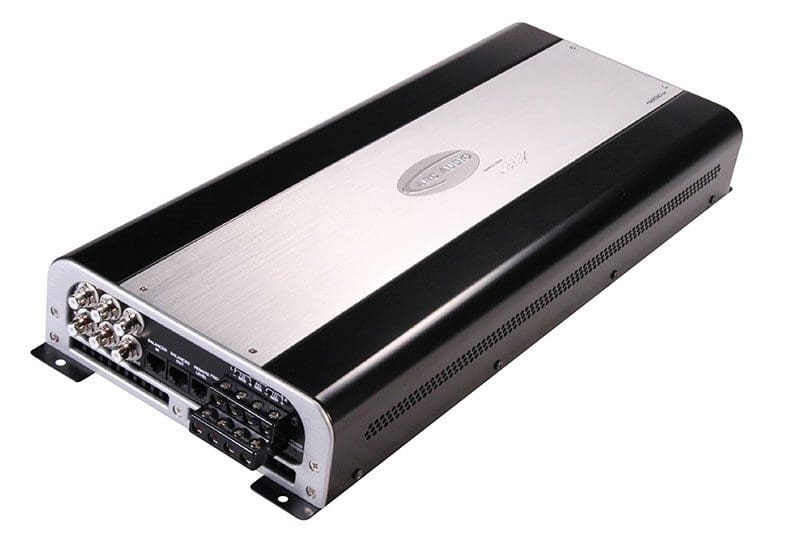
Speaker and Subwoofer Specifications
In terms of installing a subwoofer, two basic pieces of information are required: mounting depth and the required cutout diameter of the driver. It seems that most companies provide that information on their websites or in the owner’s manual or spec sheet. Of course, the nominal impedance of the driver (2 or 4 ohms, for example) is also readily available.
For those who want to make sure that the performance of the planed subwoofer system will suit their needs, analysis of the subwoofer in the chosen enclosure is recommended. To accomplish this, access to Thiele/Small parameters that describe the electromechanical characteristics of the driver is required. This information can be used with speaker enclosure simulation software like BassBox Pro or Term-Pro to predict frequency response.
Where things become tricky is that some companies are stingy with their specifications. They leave out important information necessary to complete a detailed simulation that includes driver excursion predictions that may affect power handling. Beyond the Vas, Fs, Qts, Re and Sd specs, specific information about electrical Q (Qes), mechanical Q (Qms), linear excursion (Xmax), moving mass (Mms) and the force factor (BL) should be included. Likewise, for high(er)-frequency simulation, accurate voice coil inductance (Le) measurements should be provided. Some companies offer very good enclosure designs, but having access to Thiele/Small information means that educated installers can design custom subwoofer and speaker solutions and predict response very accurately.
I measure the Thiele/Small parameters of every speaker and subwoofer I work with. I use the Woofer Tester 2 from Smith & Larson Audio. It’s relatively inexpensive at $160. Other companies have, of course, copied its design. Another option for testing driver parameters is the IM-SG+ from D’Amore Engineering. This handheld impedance meter doesn’t require a computer, so it’s completely portable. You will have to do some math with the information it provides to determine the T/S specs.
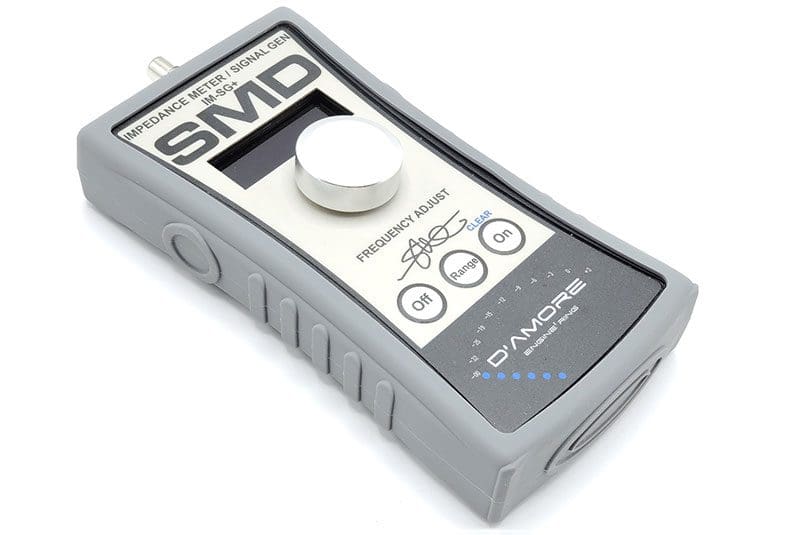
Almost none of this information describes the quality of the subwoofer or a speaker. It doesn’t tell us about suspension nonlinearities. We don’t know if the cone, dust cap or surround have resonance issues. We don’t know if the voice coil is centered (vertically) in the gap. We have no idea about the position-based inductance characteristics of the driver. It’s this information that helps differentiate the mediocre from the fantastic. Advanced testing using equipment from companies like Klippel provides some insight into this information. If you are curious about this, check out Erin Hardison’s website.
It would be amazing if speaker manufacturers would include distortion vs. frequency plots of their speakers. Sadly, none do.
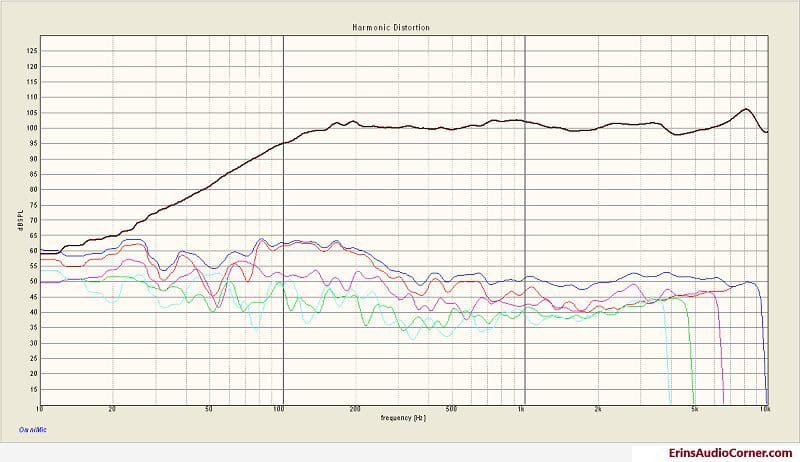
Amplifier Specs
Most of us who are into car audio know about the CTA-2006 (formerly CEA-2006) amplifier specification standard. Companies like Harman (JBL and Infinity) and Rockford Fosgate worked hard in the early 2000s to extol the virtues of publishing comparable power and noise specifications. While most online specs follow the requirements of using 14.4 volts to feed the amp and keep the distortion in the output signal below 1%, many still don’t follow the spec for defining noise at an output level of 1 watt.
Inflated signal-to-noise specs taken at peak power do little to determine the suitability of an amplifier for a specific application. Likewise, the current standard doesn’t include a defined gain ratio, so everyone tests their products with the gain turned all the way down. The CTA committee is working on yet another version of the standard, called CTA-2006-C. Hopefully, more companies will use this revised standard once it’s available.
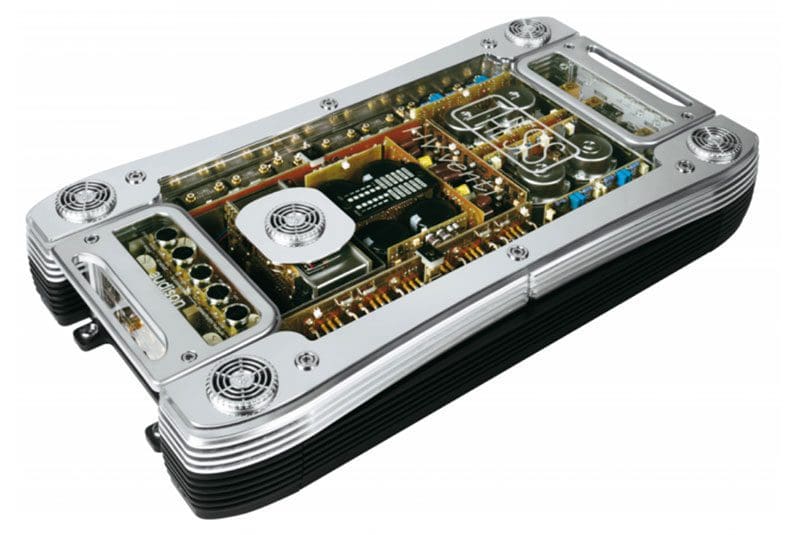
One topic I geek out over is the discussion of amplifier distortion. Distortion is the addition of unwanted information to the audio signal. The amount of added information is what separates the good from the mediocre. As we’ve mentioned in other articles, for most Class AB amps, distortion decreases as power increases. So, taking a distortion measurement at, say, 75% of maximum power may yield the lowest printable number. In reality, distortion should be measured at an output level that is more common to regular listening. The 1-watt-into-4-ohms spec that CTA-2006 uses for noise measurements might be ideal. Even better, distortion graphs tell the tale with impressive clarity. Armed with this information, shoppers can directly compare the quality of an amplifier.
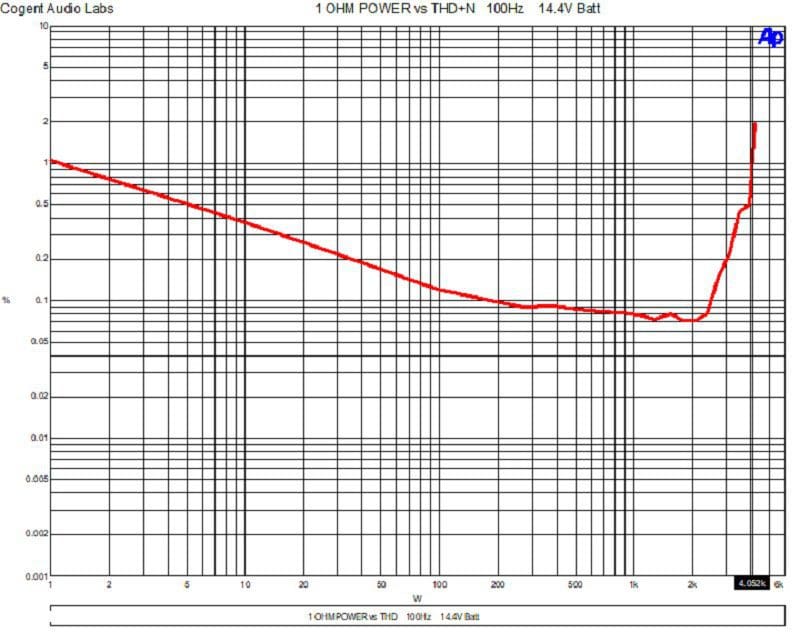
Why Do Companies Hide Their Specs?
The reality is, no single company makes the best of everything. Some make great speakers, some make great amplifiers and a few make great processors. The marketing teams for each of these companies work hard to sell their products.
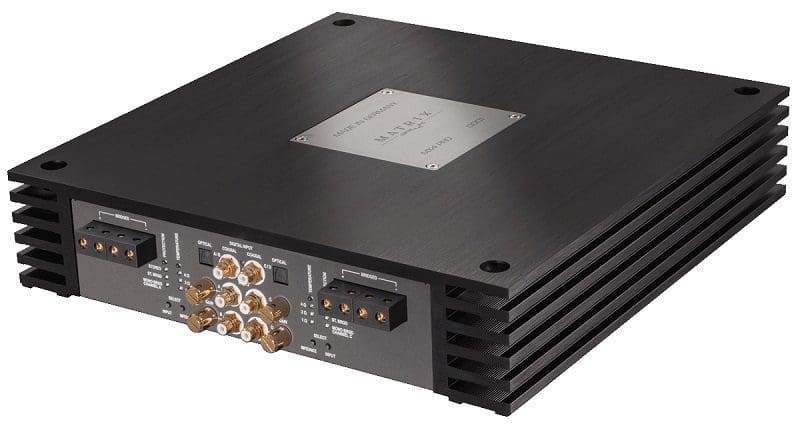
Having tested and reviewed products from almost every reputable car audio brand throughout my career, I can tell you without a shadow of a doubt that they are occasionally lying when they say solution XYZ is the best. I suppose it’s their job, but I’d prefer that they put that marketing effort into designing a premium product instead of relying on marketing fluff to make something mediocre seem appealing.
If you measure something, the results are absolute. If you have a defined an accurate standard for those measurements, and other companies follow that standard, the results are comparable. This is the right way – an ethical and honest way. If a car audio company wants to claim to be the best, they should be able to provide supporting evidence.
